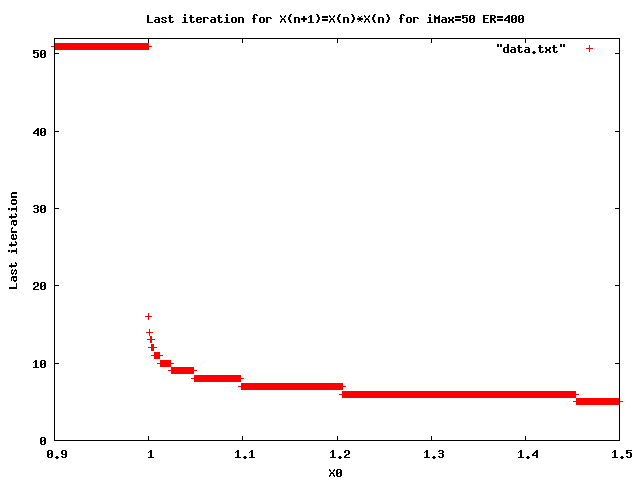Borrelia codon usage: Difference between revisions
Jump to navigation
Jump to search
imported>Weigang |
imported>Rayrah |
||
| Line 1: | Line 1: | ||
==Data== | |||
[[file:data.png|200px]] | |||
==Hypothesis & Background== | ==Hypothesis & Background== | ||
* Central Hypothesis: Borrelia host-interacting genes show optimal codon usage | * Central Hypothesis: Borrelia host-interacting genes show optimal codon usage | ||
Revision as of 19:04, 26 July 2013
Data
Hypothesis & Background
- Central Hypothesis: Borrelia host-interacting genes show optimal codon usage
- Background/Rationale:
- Borrelia is an obligate, non-free-living parasite of vertebrates. A large number of genes are devoted to host invasion and to surviving the host immune defense.
- Evolutionary theory predicts that highly expressed genes use the most abundant tRNA in the cell, and, as a result, they tend to show strong codon usage biases
- We expect Borrelia host-interacting, virulence-conferring genes use more optimal codons than housekeeping genes
- Importance: If the hypothesis is supported, it would establish a new computational method to identify host-interacting virulence genes based on genome analysis.
Data & Overview
- Data Set: The Borrelia burgdorferi B31 genome sequences, N=1500 genes
- Identify host-interacting genes and a set of housekeeping genes
- Calculate the Codon Usage Adaptation Index for each gene
- Test if the biases are significantly different between the virulence genes vs the house keeping genes
- Presentation, Report, & Future directions
Essential Computing skills
- Operating System: Linux/Ubuntu
- Programming Languages: BASH, Perl/BioPerl
- Database Language: SQL
- Statistical Language: R
Essential Readings
- Note: I will post some of the PDFs later
- Borrelia burgdorferi & Lyme disease: A Review
- Codon Usage Biases: Wikipedia
- Borrelia gene regulation: A Review
- Identification of Borrelia virulence genes: A genome-wide expression study
Weigang 11:38, 10 May 2013 (EDT)
